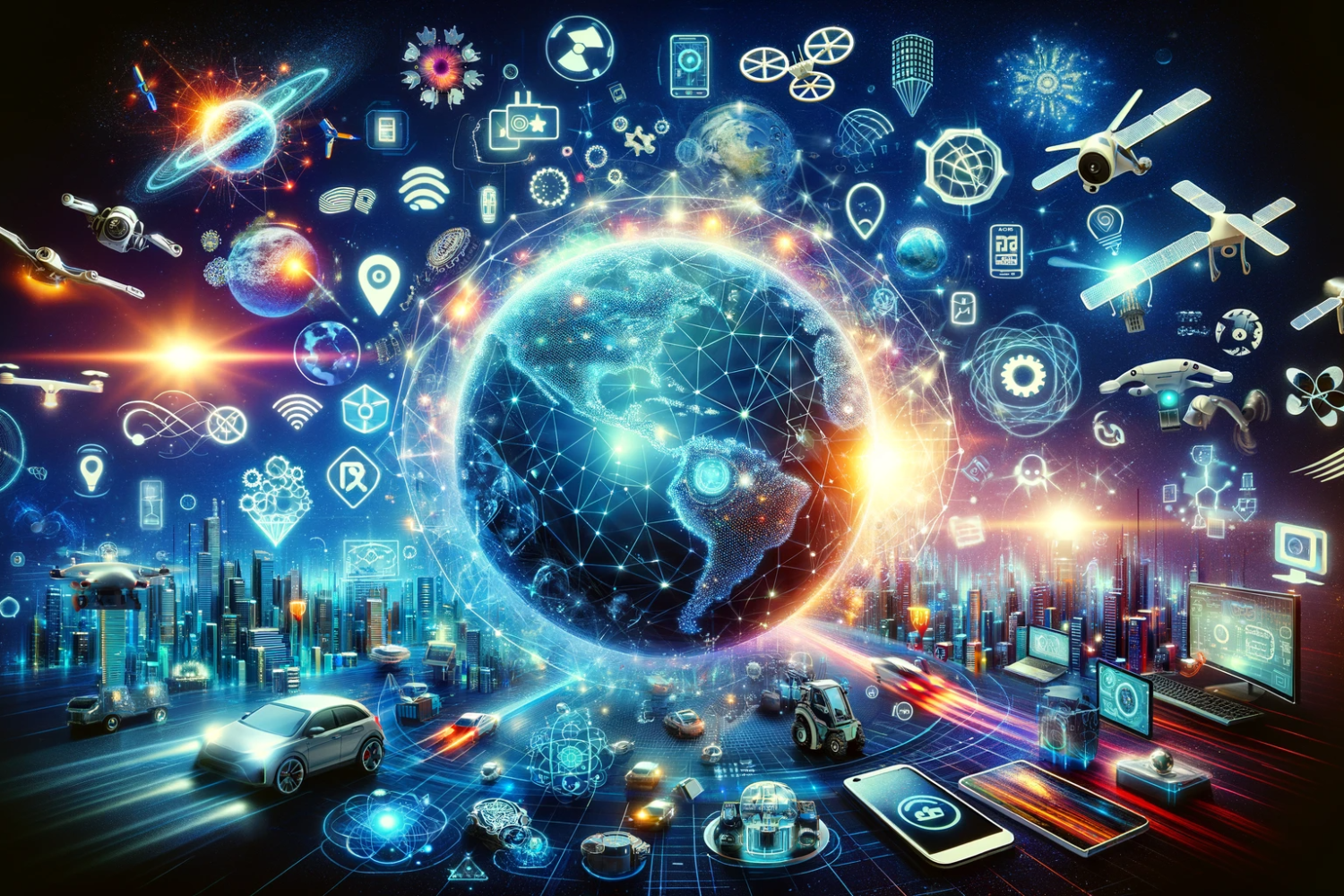19.01.2024
As we enter 2024, the technological world continues to advance by leaps and bounds, transforming every aspect of our lives. And technology trends not only reflect innovations, but also shape the future of various industries. In recent years, we have seen the emergence of major trends that are driving the technology ecosystem.
Precisely for this reason, these trends are not mainly focused on the adoption of new technologies, but rather on the expansion and consolidation of existing ones that are already being explored and implemented in previous years. These are the cases of technologies such as Artificial Intelligence (AI), Extended Reality and the Metaverse or 5G, among others.
In this article we explore what, in our opinion and from our point of view, will be the main technological trends of 2024, offering a complete vision of their evolution and how they can revolutionize multiple aspects of our daily lives.
What will be the key technologies in 2024?
Here is a list of the main technologies and technology trends of 2024 that we will discuss in this article:
-
Artificial Intelligence (AI) and machine learning
-
Extended Reality (XR) and Metaverse
-
Apple and the term "Spatial Computing"
-
5G technologies, IoT and telecommunications
-
Digital twins and phygital convergence
-
Blockchain and data security
-
Automation and robotics
Artificial Intelligence (AI) and machine learning
Artificial intelligence (AI) and machine learning will continue to be in the spotlight in 2024. With the prominence gained and significant advances made in 2023, we are looking at a technology capable of driving remarkable changes in multiple sectors.
What AI advances do we expect in 2024?
One particularly fascinating area of this evolution is the refinement of generative AI, especially in the creative domain. This innovation is revolutionizing how we conceive and perform creative processes, from art and music to writing and design.
But not only in the creative realm, it is also driving significant advances in sectors such as healthcare, where AI aids in accurate diagnoses and personalized treatments, in education, where it facilitates adaptive learning experiences, or in e-commerce, where AI is refining the personalization of services, while machine learning facilitates more accurate and faster data analysis.
AI-related challenges to be met in 2024
Despite these exciting possibilities, generative AI in the creative realm also presents unique challenges, especially in terms of copyright and originality. The distinction between human and machine-generated creation is increasingly blurring, raising questions about intellectual property and the authenticity of art.

Extended Reality (XR) and Metaverse
In 2024, Extended Reality (XR) and the Metaverse must evolve together, converging in technology and medium. This fusion can open up a range of immersive experiences that combine the best of both worlds, blurring the lines between the physical and the digital.
What do we expect from Extended Reality and the Metaverse in 2024?
For several years now, the Metaverse has been an integral part of the digital ecosystem, offering a parallel virtual universe where human interactions and commercial activities take on a new dimension. These technologies are transforming the way we interact, learn, work and play, promising a future where the boundaries between the physical and the digital are increasingly blurred.
At the enterprise level, both the use of XR technologies on an individual level and in shared experiences in the Metaverse is enabling brands in a variety of industries to explore their potential for advertising, e-commerce and the creation of immersive brand experiences.
Main challenges of the Metaverse and Extended Reality in 2024
There are multiple challenges to be faced, especially in the area of interoperability between different virtual environments, but also in terms of privacy, security and accessibility, because it is crucial to ensure that virtual spaces are secure and accessible to all users.
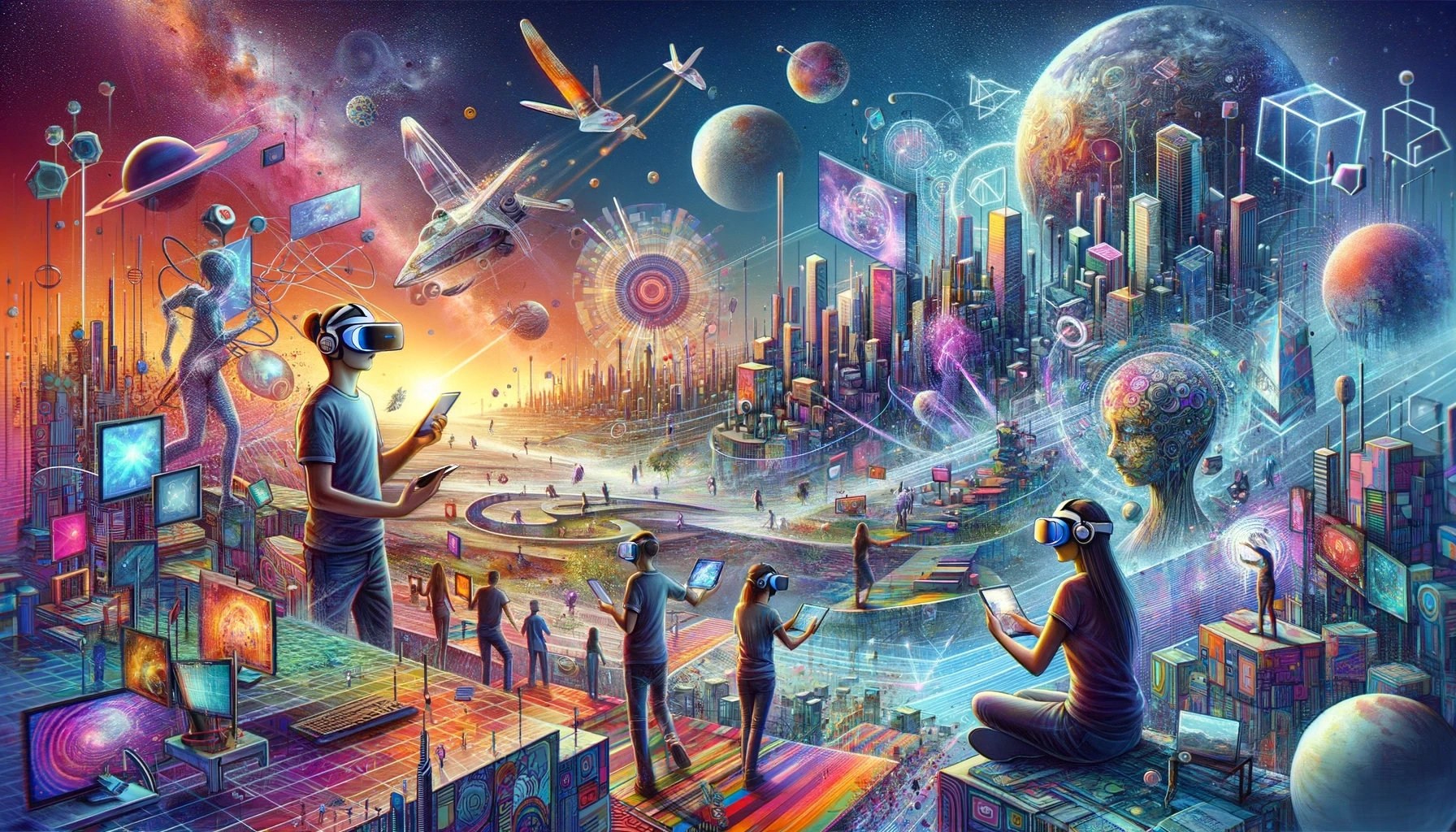
Apple Vision Pro and the term "Spatial Computing"
Also related to Extended Reality and the Metaverse, in this 2024, Apple is going to take a significant step forward with the launch of the Apple Vision Pro, its first XR device. This cutting-edge device represents a milestone in user experience design, expected to feature unique functionalities for immersive entertainment.
Why is Apple Vision Pro so much expected in 2024?
Apple Vision Pro is the first Apple device to combine the use of Mixed Reality (MR) and Virtual Reality (VR), integrated in a sleek design and intuitive user interface. In addition, they incorporate advanced technologies such as eye tracking, gesture recognition and high-definition 3D visualization, which will allow users to interact with the digital environment in a natural and fluid way.
According to Apple, they will usher in the era of "Spatial Computing", a term referring to the integration of digital technologies into the physical environment in a way that enables three-dimensional interaction with virtual objects and data, allowing the user's environment to be mapped and virtual objects and information to be superimposed in a manner consistent with the real world.

5G technologies, IoT and telecommunications
5G technology has revolutionized global communication. With ultra-fast speeds and enhanced connectivity, 5G has been instrumental in the development of the Internet of Things (IoT), advanced telemedicine, and intelligent transportation systems. These technologies are laying the foundation for a more connected and efficient society, enabling near-instant communication and data exchange between users and devices.
What advances can we expect from 5G and IoT in 2024?
Of course, the combination of 5G and IoT (Internet of Things) has reached a new level of integration into everyday life by 2023 and is expected to evolve significantly by 2024. Smart homes, enabling efficient energy control and enhanced security, are now the norm, and connected cities are using IoT to manage everything from traffic to utilities more efficiently.
Real-time data collection and analysis are central to this management, enabling rapid and adaptive response to changing needs. Combined with more powerful and faster network connections, this will optimize the use and communication of these types of devices with each other.
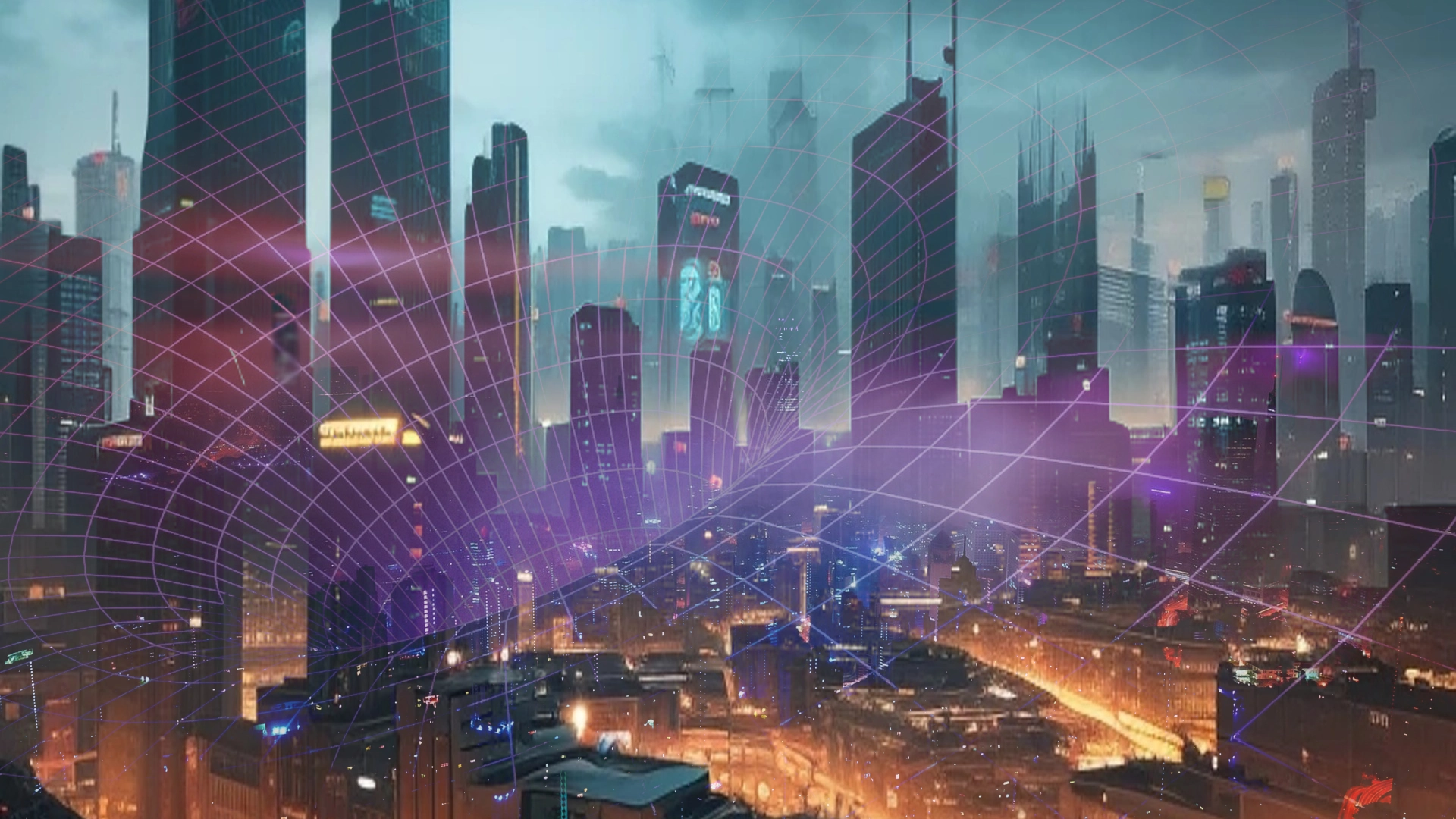
Digital twins and their 'phygital' convergence
Digital twins are virtual replicas of physical objects, systems or processes. Using sensors and real-time data, they accurately replicate the state and behavior of their real-world counterpart. Over the last few months, their use has spread beyond industry and engineering, reaching sectors such as healthcare, or smart city management.
Key factors in the development of the digital twins in 2024
They are expected to continue to gain considerable momentum in 2024, especially in the context of phygital convergence, a term that describes the merging of the physical and digital worlds. This convergence is redefining how we interact with the environment, data and systems in environments simulated by digital twins.
Despite advances, the adoption of digital twins still face several challenges in 2024. Data accuracy, integration with existing systems, and privacy protection are the main critical areas. However, the potential for future innovations is vast, with the possibility of extending these technologies to more aspects of daily and business life.
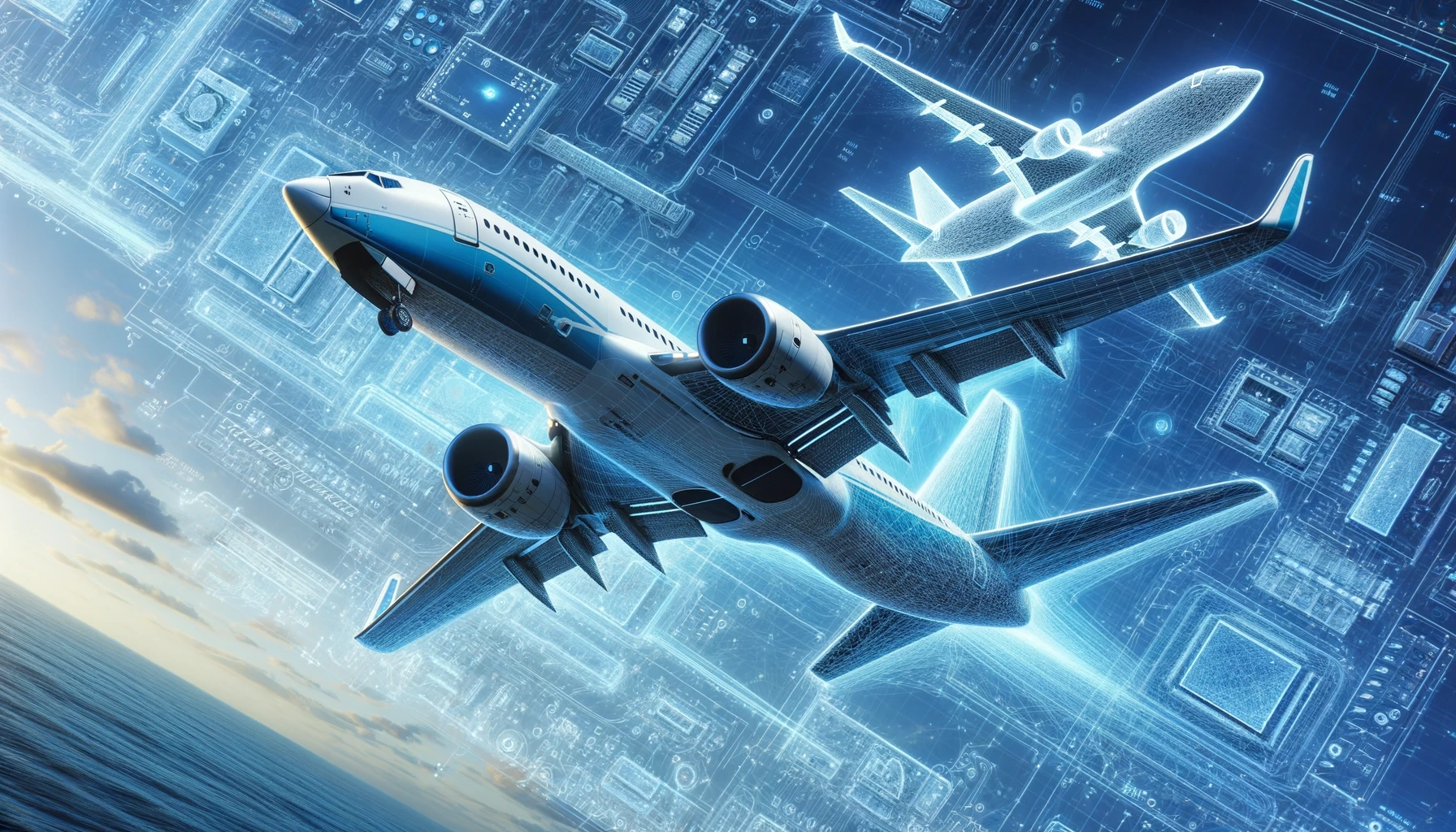
Blockchain and data security
Blockchain technology has established itself in 2023 as a transformative technology with vast and varied potential. Its influence has extended far beyond cryptocurrencies and NFTs, providing solutions in areas such as supply chain, digital voting, identity management and intellectual property, thus promising a more secure, transparent and efficient future.
Advances we expect from blockchain technology in 2024
In 2024, the Blockchain should consolidate its position as one of the most secure technologies for data management, becoming a fundamental technology for guaranteeing the integrity and privacy of information.
Using Blockchain technology, individuals gain more secure and direct control over their personal information. This technology allows the creation of secure digital identities, reducing the risk of identity theft and related fraud. A great benefit applicable, for example, in financial transactions, legal contracts, intellectual property registration and copyright protection.
Blockchain challenges and considerations in 2024
Despite its many applications and benefits, the Blockchain in 2024 still faces multiple challenges. Scalability, energy consumption, and integration with existing legal and regulatory systems are areas that require continued attention and development. In addition, as adoption grows, it is essential to educate users and regulators about this technology to ensure responsible and effective use of the technology.

Automation and robotics
By 2023, and expected to continue in 2024, automation and robotics have reached new heights of sophistication and adaptability, radically transforming various industries and aspects of everyday life. These technologies are not only capable of improving efficiency and reducing costs, but are also opening up new possibilities in terms of innovation and quality of life.
Expected automation and robotics breakthroughs in 2024
Advances in automation and the use of increasingly sophisticated robots are expected not only to speed up production, but also to vastly improve safety when performing dangerous or repetitive tasks, thereby reducing the risk of workplace accidents.
In the industrial sector, for example, advanced robotics plays a crucial role. Manufacturing, for example, has seen a revolution with the introduction of robots capable of performing complex tasks with superior precision and consistency.
Agriculture is another field where automation and robotics are having a significant impact. Drones and autonomous robots are used for tasks such as planting, irrigation and harvesting, optimizing the use of resources and improving crop yields, encouraging sustainable farming practices.
Ethical challenges around robotics and automation in 2024
With these developments, significant challenges are expected to arise. Automation raises questions about the future of work and the need for job retraining. In addition, ethical considerations around reliance on robotics and automation are increasingly pertinent. It will be crucial to address these issues to ensure that the benefits of these technologies are accessible and equitable.

Future of Technology: Predictions and Possibilities
Looking ahead, the predictions for the technology are fascinating. The integration of AI into different sectors is expected to continue to grow. In addition, all other emerging technologies promise to continue to open new frontiers and offer new solutions to today's societal challenges.
In short, the technology trends of 2024 are leading the way to a more connected, efficient and sustainable future. From AI to robotics, each advance offers unique opportunities to improve our lives. However, it is essential to address ethical and privacy challenges to ensure technological development that benefits all of society.
SIMILAR CONTENT

19.03.2015
Kickstarter, the cradle of virtual reality
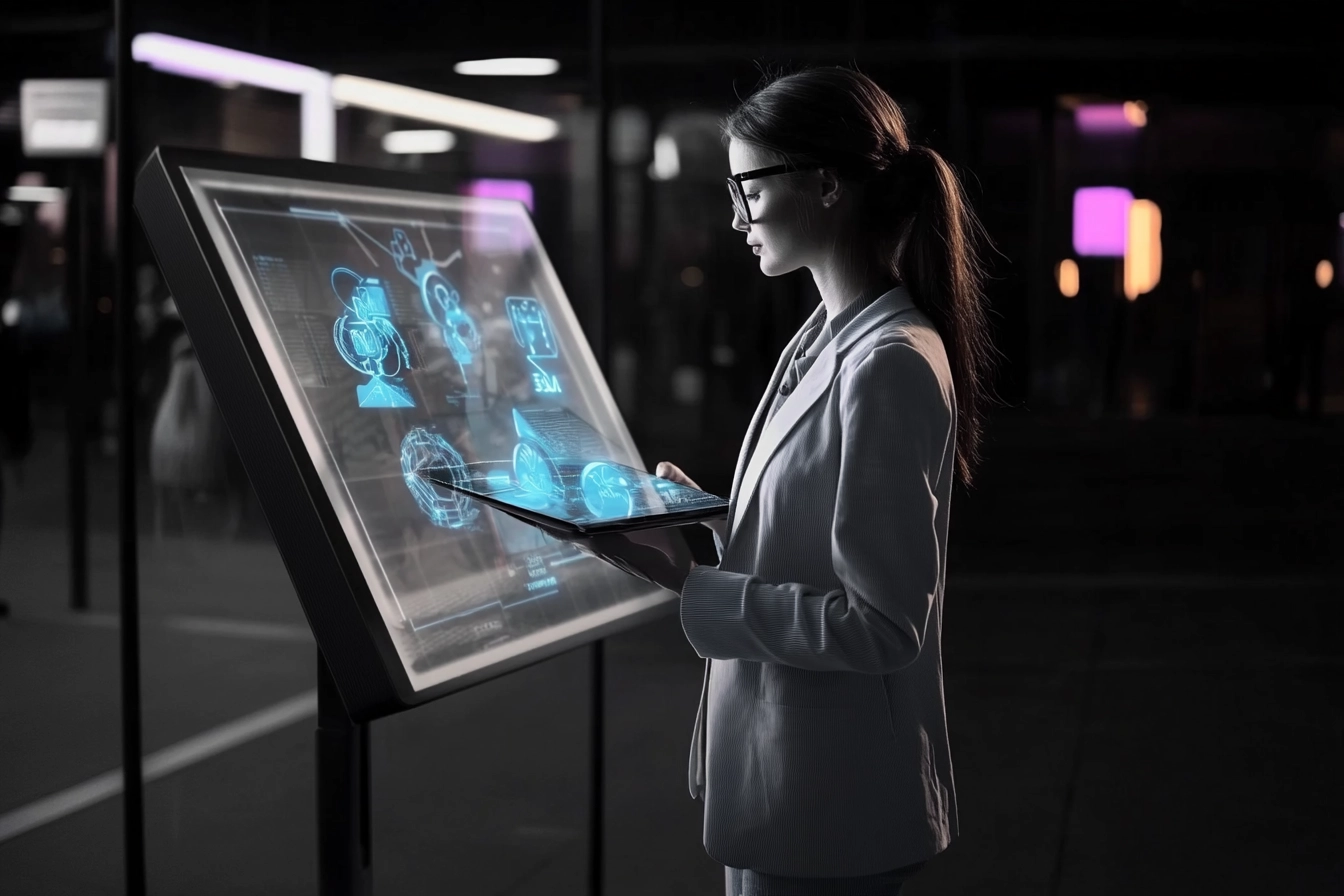
15.01.2025
How AI is driving advertising innovation: 8 game-changing trends in 2025

05.05.2015
Hispack 2015: HMY Group in search of an immersive experience









 RETURN
RETURN
